For our “Cities in 24 Hours” section on the blog, it is finally time to speak about Ancona. Ancona is not only the capital of the region, but also the largest city of Le Marche.
It is also the reference point for all the inhabitants of our region; indeed, when I am asked abroad where I am from, I usually say: “From Ancona, you probably know it for the ferries leaving to Greece, Croatia and Albania”.
I’ll be honest: I haven’t always loved Ancona. As many port cities, it can seem chaotic, busy and very poor in interesting things to say.
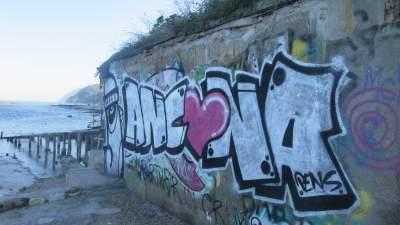
But I couldn’t be more wrong than that. I started to realise how much Ancona has to offer, when friends of mine from other parts of the world started to visit me. Then, it was my turn to show them Ancona’s beauties, and I discovered several of them.
In fact, they will hardly fit in one post, and we will need to write a “Ancona in 24 EXTRA hours” post very soon.
For the time being, enjoy this first part of our journey. You can easily follow our journey also in this map (click on the image and a new tab will open)
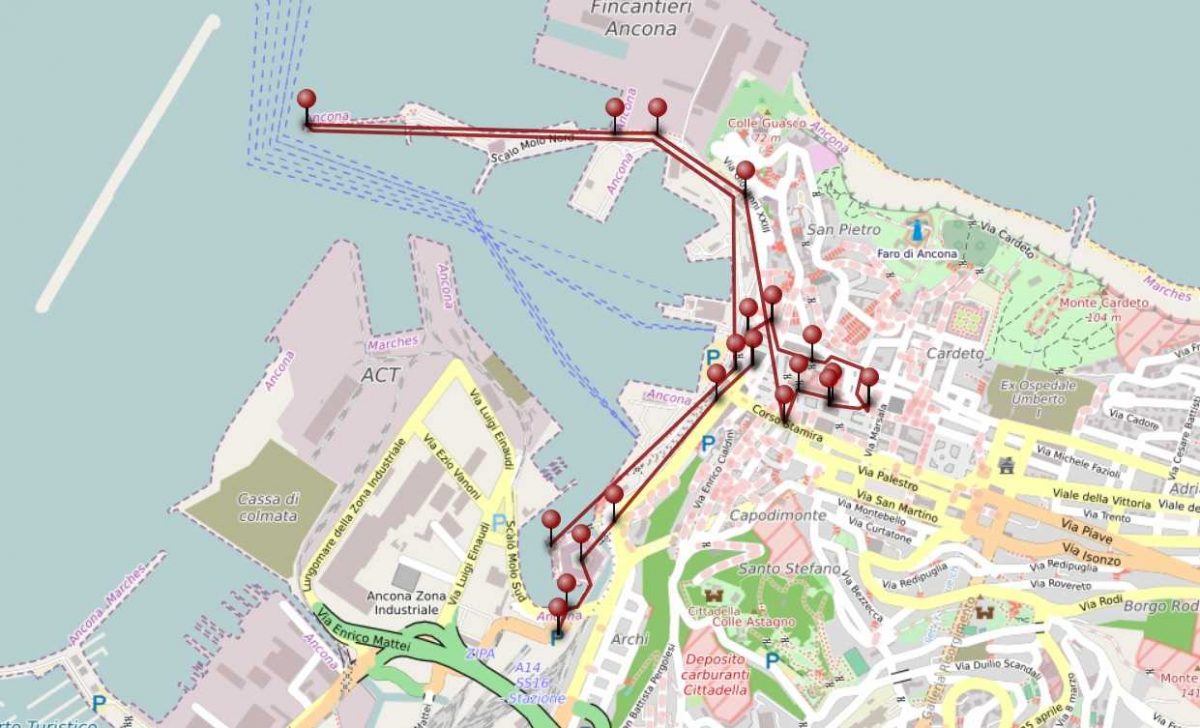
9 a.m. Breakfast
First of all, if you are travelling by car, it is very easy to find a parking space in the city. However, here is some insider’s tip: there’s the free parking at the former Stock Exchange buildings or Fiera, which is located directly at the fishing port.
The fishing port is also our location for our breakfast at bar Baccà, a wooden shack directly at the fishing boats, where both the fishermen drink their cappuccino and the businessmen in their tailored suits organize their meetings.
10 a.m.
Gained enough energy? We start our visit from the Mole Vanvitelliana, a 5-sided building that once served as a leper hospital to quarantine sick sailors before entering the harbour. Nowadays it serves as a day cultural centre, of which we covered in another post.
We cross the main road and via one staircase we reach the Porta Pia. This monumental arch is double faced with a rich architecture on the front. It was indeed commissioned by Pope Pio (hence the name) as an entering arch to the old citadel, and it does its trick with its big maritime monsters and shells.
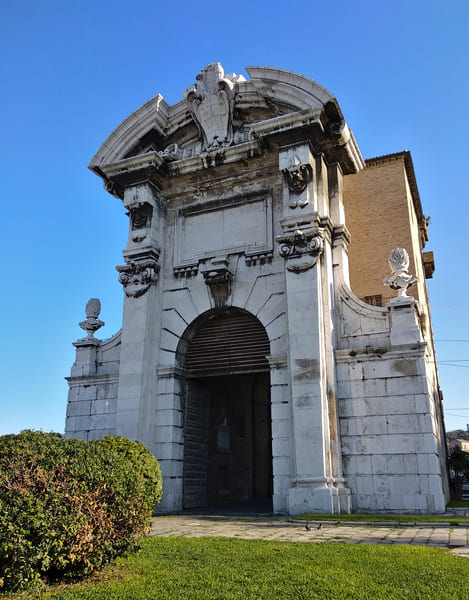
The back is not as spectacular as the front (it didn’t have to impress the inhabitants of Ancona, after all, but only the visitors) but a few steps away, you will soon forget about it. There, there is the Roman Emperor Traiano standing in all his magnitude. Don’t forget about his name, Traiano, because Ancona has at least one more monument dedicated to him.
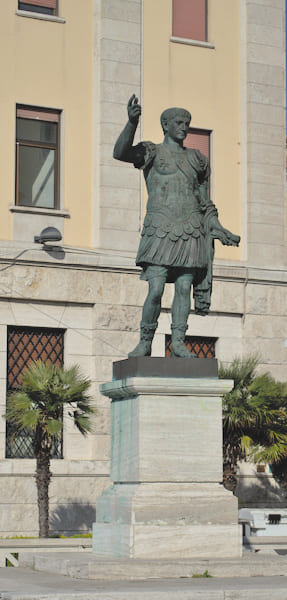
We keep going straight on to end up in Piazza della Repubblica with the historical theatre delle Muse. The beautiful neoclassical theatre was founded in 1827, partially destroyed in World War II and also during the 1972 earthquake, it only reopened in 2002. If it happens to be open, take a look, the seats and boxes represent exactly an incoming ship. Or even better, book a show!
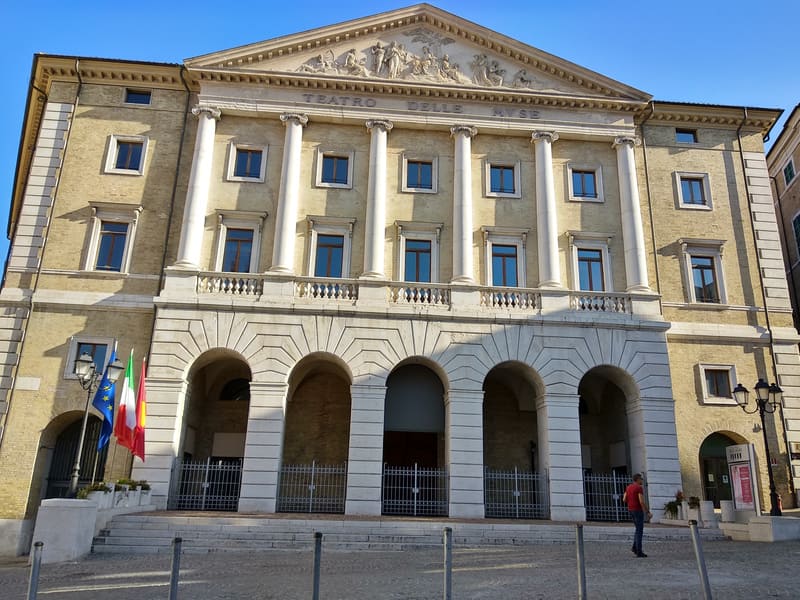
To the left of the theatre we continue in Via della Loggia, along the 15th century Loggia dei Mercanti built in the Venetian Gothic style. From the beginning, this Loggia was a trading place for the numerous merchants who stayed here thanks to the presence of the harbour. In the 16th century, the open arcades disappeared and gave way to a closed building with windows and doors. The richly decorated facade still lends a prestigious touch to the building.
Until 1928 this was the location for the Chamber of Commerce. The bombings of 1943 and 1944 also destroyed this building. After a thorough restoration, discussions and congresses are now being organized in the Loggia. If you’re lucky, the doors are open and you enter the trapezoidal hall. In the corners of the niches are the statues depicting Hope, Mercy and Religion. The 4 images on the sides represent the 4 continents: Africa with the lion, America and the alligator, Europe carries a basket of fruit and Asia holds a lamp. The back of the hall still has direct contact with the port.

Our journey now takes us to Piazza Santa Maria to our insider’s tip: the oldest church in Ancona, Santa Maria della Piazza. Nowadays kept open by volunteers, there is a big chance that you can enter! Built between the 12th and 13th centuries, this Romanesque church was built on the remains of a much older place of worship, a Paleochristian church from the 4th century, which was even rebuilt in the 6th century.
The lower part of the facade was sculpted by Maestro Filippo during the 13th century, as his signature above the portal states. However, the top dates from the late 17th century, because part of it was destroyed by an earthquake.
Inside, the typical Romanesque austerity welcomes the visitor. Via a staircase you descend to the antique early Christian church, where the well-preserved mosaics, frescoes and baptismal fonts from the 4th and 6th century are immediately a gem!
Not very far from here there is Piazza del Plebiscito, or better known as the Piazza del Papa (pope). Already piazza in the 15th century and with it the oldest in Ancona. The place to be in the evening for an aperitif or cocktail bar…. We immediately notice the statue of the enthroned Pope, where there stands Pope Clement XII, the benefactor for the port of Ancona in the 18th century. The Anconitans did not have to pay taxes to the Pope for their port, that is why the commercial life of Ancona succeeded in growing into an important port city.
We would like to take a look before noon at the “Mercato delle Erbe”. You can’t miss the Art Nouveau entrance of the Mercato.
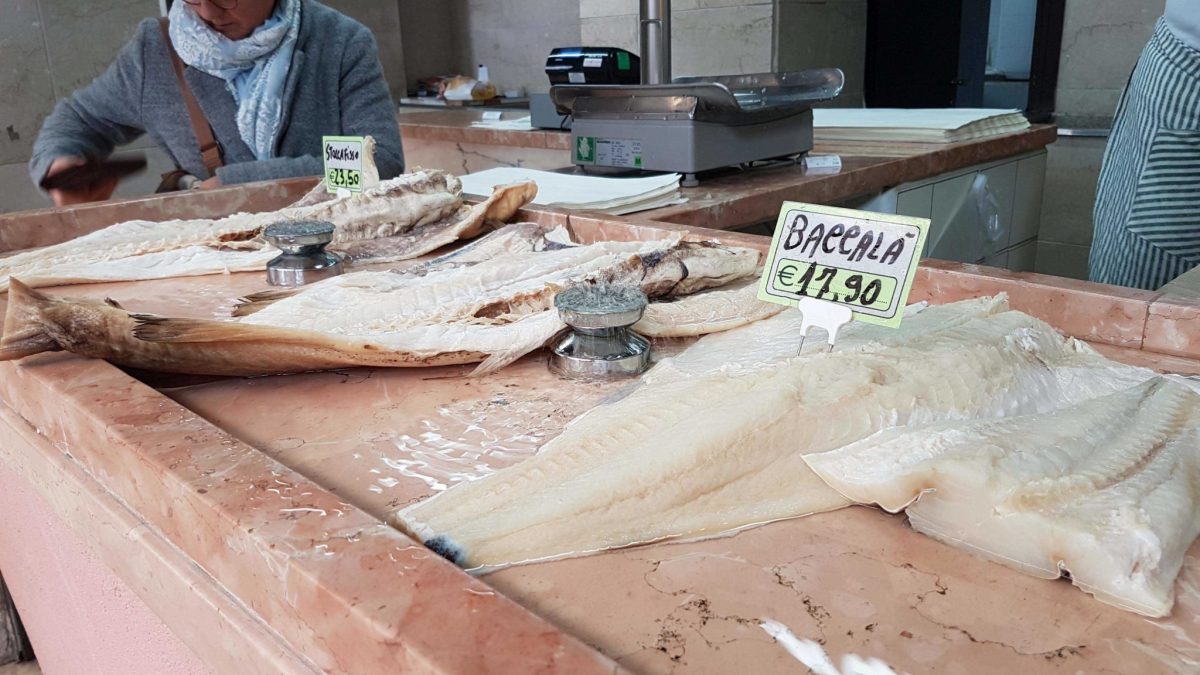
Baccalà – typical from Ancona 
…as well as the stockfish 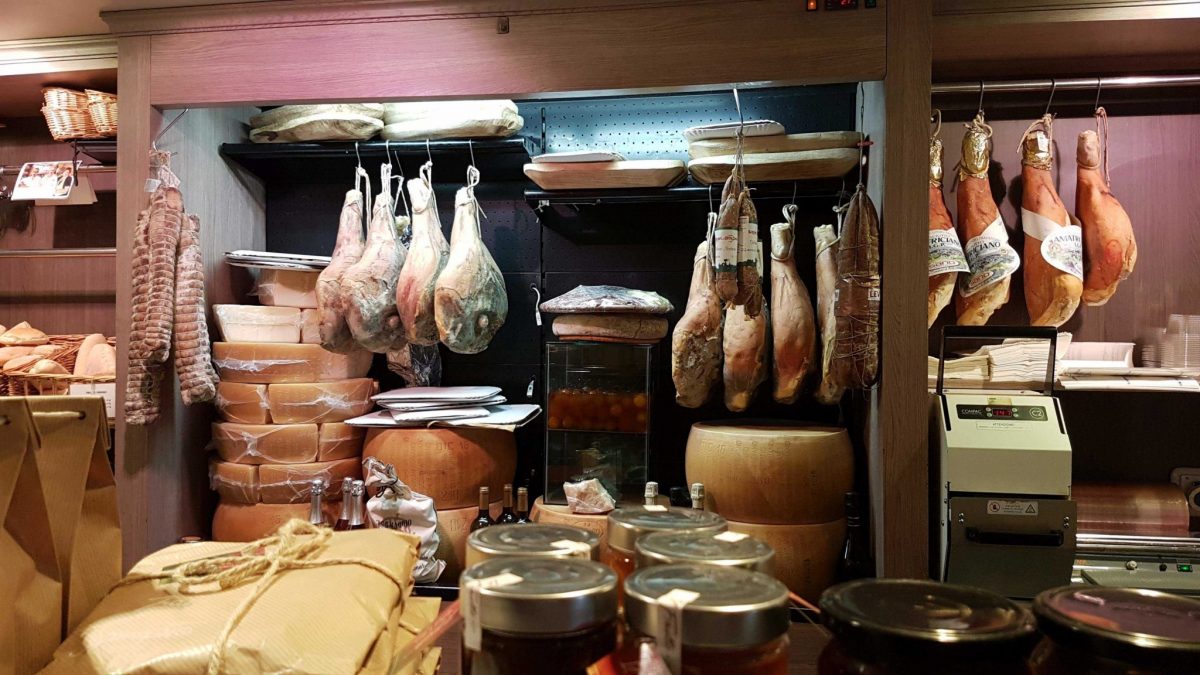
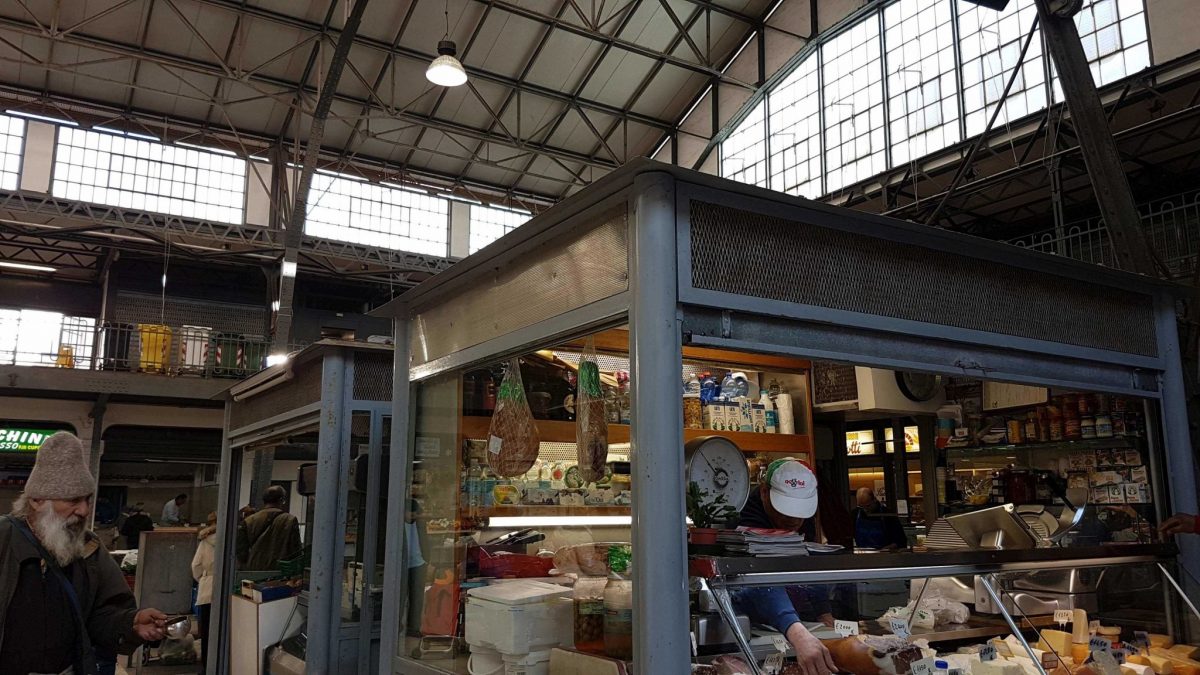
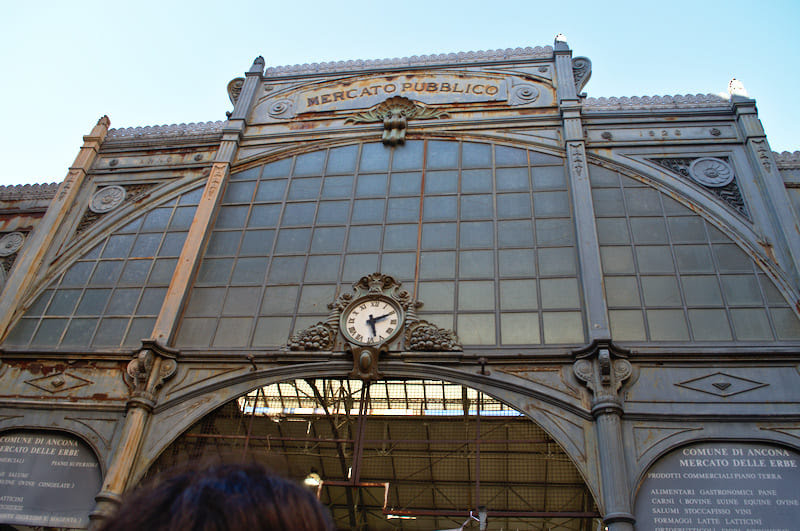
The hall is an iron construction of the 1920s, built by iron shipyard workers from World War I. The goods are beautiful and of the best quality, but also have their price. In the streets around the market hall there are market stalls and fish shops with significantly lower prices.
1 p.m. – Lunch time
After watching so much food, it’s time for a proper lunch. On Corso Mazzini there are a few bars and smaller snacks where we can linger. Elke and her husband chose “Bontà delle Marche” opposite the Cannelle fountain. On the ground floor, they sell regional culinary specialties, ranging from ham and cheese to salads and homemade pasta. On the first floor you can eat small and large dishes à la carte in a cozy atmosphere, like many business people in the area do.
2:30 p.m.
The fountain, very ancient and of Greek derivation, was demolished in 1503 and built again in 1560, when it was incorporated into the city walls. The real name of the fountain is Fontana del Calamo, where calamus in Latin means cane. The common name is nevertheless “fountain of the 13 spouts” because of the 12 bronze masks (mainly satyrs and fauns) and one stone one filling the fountain with water. It is believed that travellers should drink from the fountain if they are wishing to come back to Ancona.
After so much history, it is also time for some shopping. The perfect place to do so is either Corso Mazzini, the so-called Corso vecchio, the old main road, that is filled up with little boutiques, or the newer Corso Stamira with more modern shops.
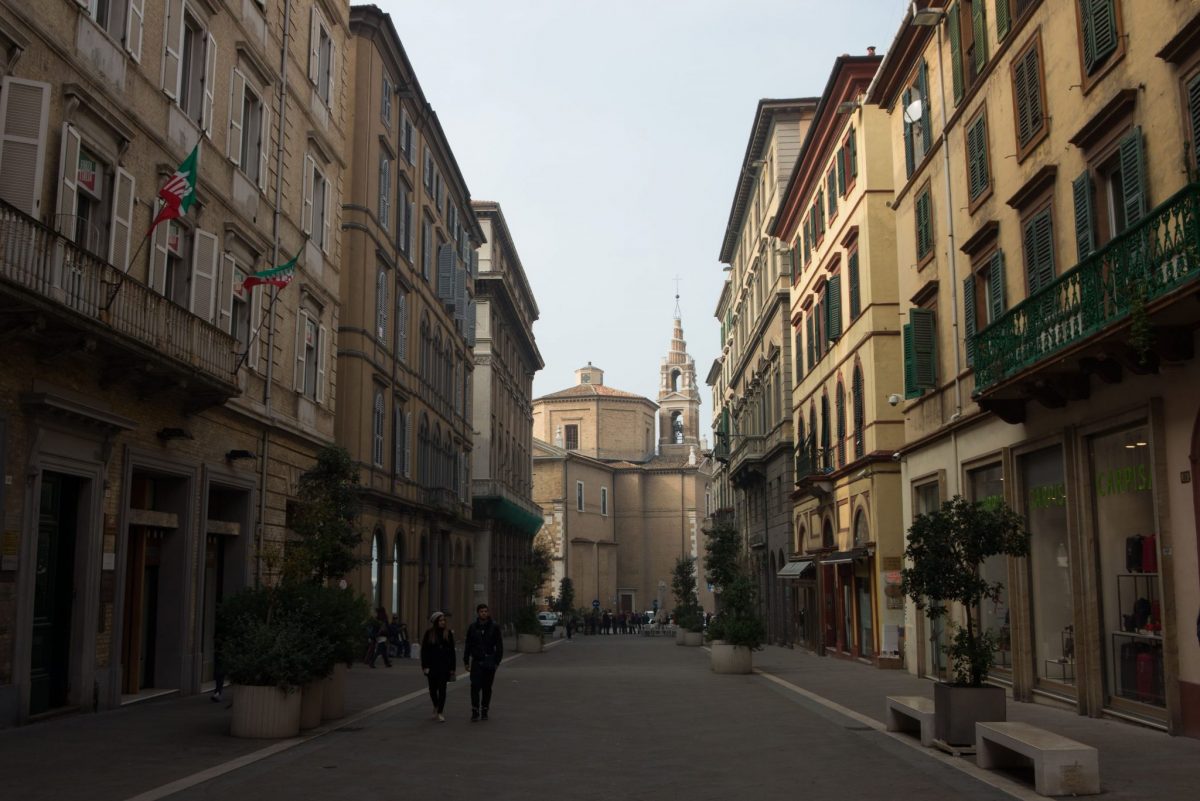
5 p.m.
Whichever way you choose, it will all bring to the old harbour of Ancona. This part of the city, is by all means my favourite. Even if the path that leads to the old harbour seems quite prohibited, you are allowed to reach the very end of it. The port has undergone many changes throughout the years, and it has now become a real jewel of the city. The first renovation was commissioned by the Emperor Traiano that worked much for the city and its safety and expansion. The inhabitants of Ancona showed their gratitude to the Emperor by erecting an honorary arch in 115 AD.
The archaeologists are still a little bit confused about its date, meaning that it was probably erected previously (around 100 AD) and dedicated to the Emperor only some years later.
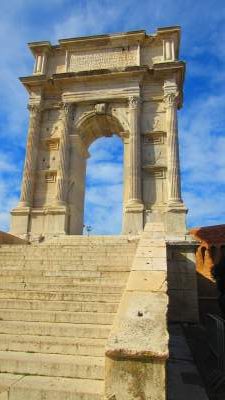
Either way, the arch stands nowadays on the ancient port and, with the staircase it leads its way to the ancient walls that were erected during the 16th century.
Don’t get confused with the second arch on the port. The lower arch is indeed Arco Clementino, whose architect Vanvitelli (the same of the lazaretto) built in 1737.
In the ancient port there are some other small treasures to discover, as for example, the romantic Red Beacon. This marks the very end of the ancient port stroll, and you should be sure to sit down on the lovers’ bench and enjoy the sunset for some minutes.
6.30 pm
After the romantic view at the port, you can still enjoy the sea but better with something to eat and to drink by your side. You can have both at Amarcord, a bar / restaurant located between the harbour and the theater.
7:30 pm
For dinner we return to the harbour at Mole Vanvitelliana. If you follow the signs along the outer wall of the breakwater and go through back entrances and hidden gates and think, “Am I right?”, You notice Stamura restaurant. It’s nice to eat outside in the summer or to enjoy one of their famous “Aperitivo di Pesce”, a glass of wine or aperol spritz with a few fish snacks, with the view over the fishermen and the marina.

Some extra tips:
- If you are looking for some more history, on the way to the Mole Vanvitelliana, you can look to your right hand side to the so-called “Archi”. There is a covered sideway, where old pictures of the old times in Ancona are hanged between the Arches.
- If you continue from the Loggia dei Mercanti, all the way to the top, you reach the Cathedral of Ancona, San Ciriaco. We will definitely talk about it on another post. You can also spot it from the ancient port.
- On the ancient port, there is a very new fountain, called “Of the two suns”. The title is a tribute to the capital that boasts one of the rare characteristics for a city, that is, the possibility of seeing both the sunrise and the sunset on the sea, thanks to its extraordinary elbow shape. The city itself is named after this very characteristics – from the Ankon – which means elbow in Greek.
The fountain has 13 spouts, which is of couse, a tribute to the older Fontana del Calamo in the city centre.

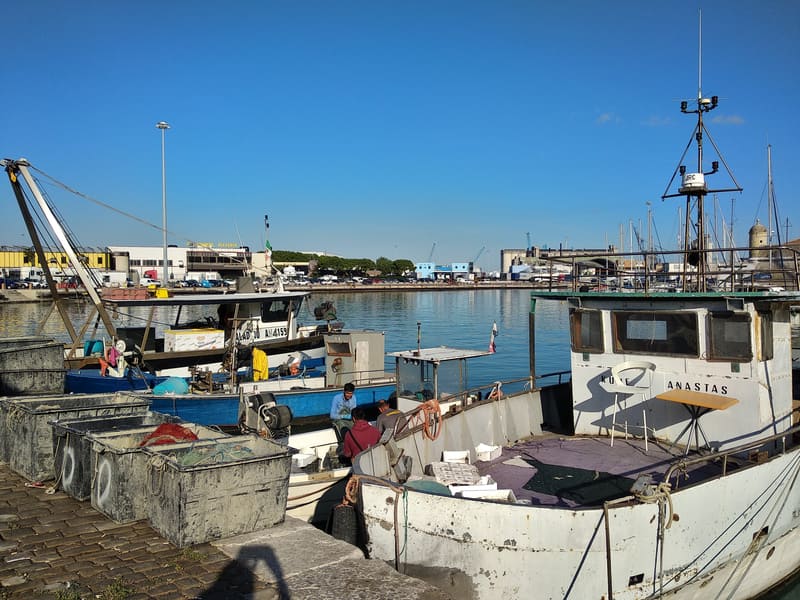
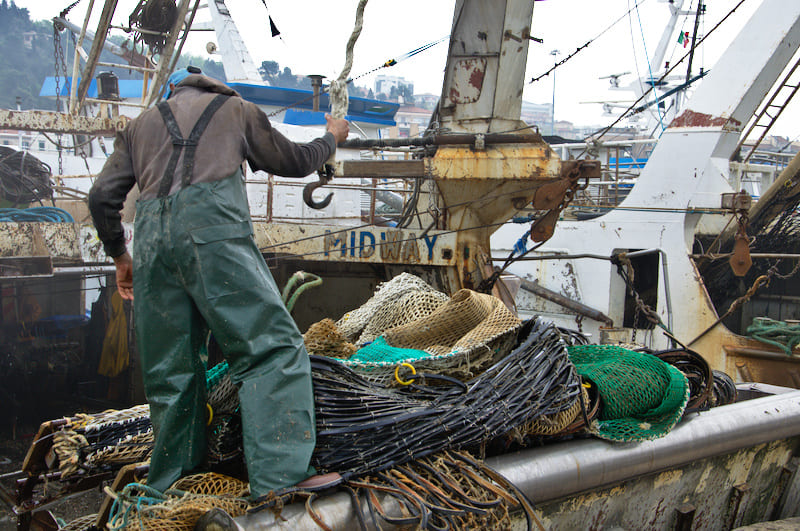


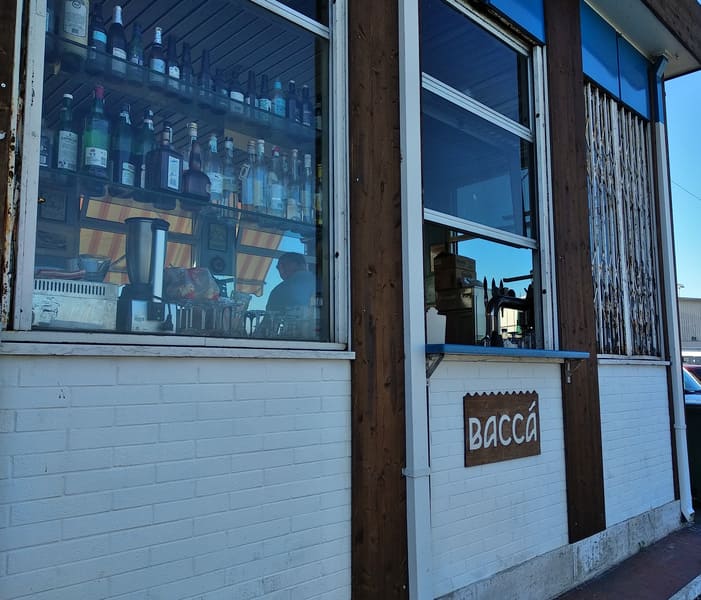
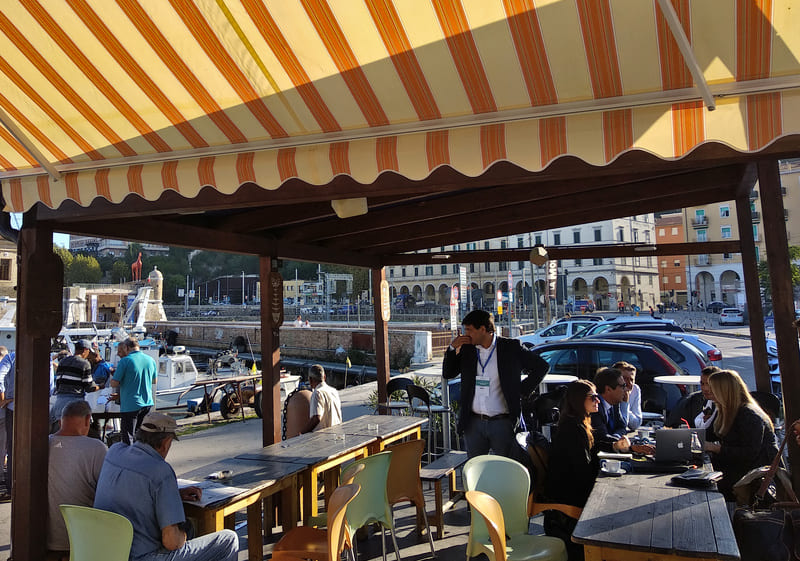
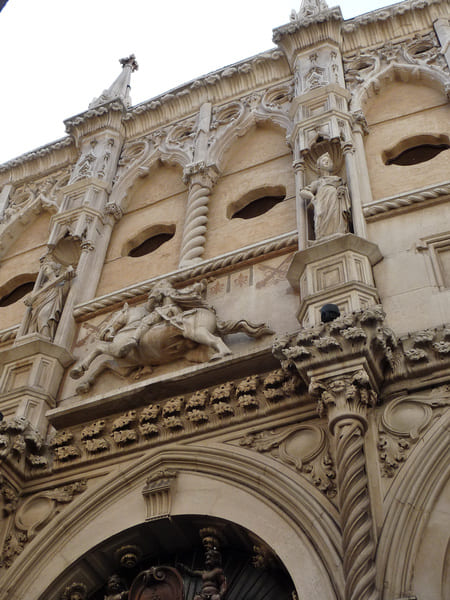

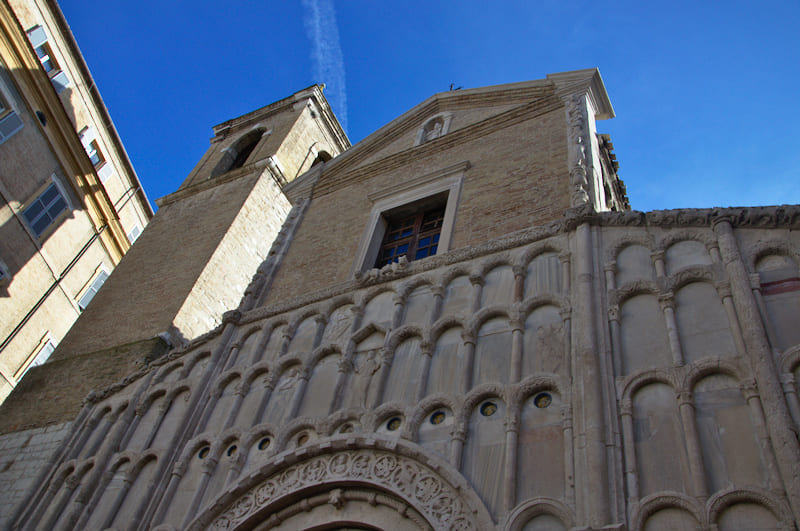

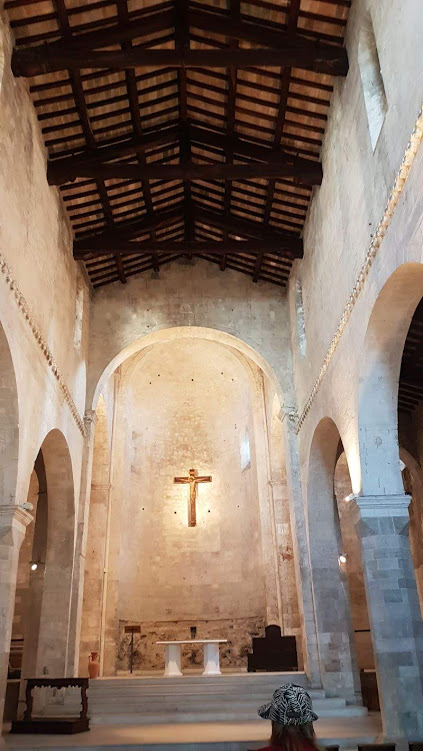
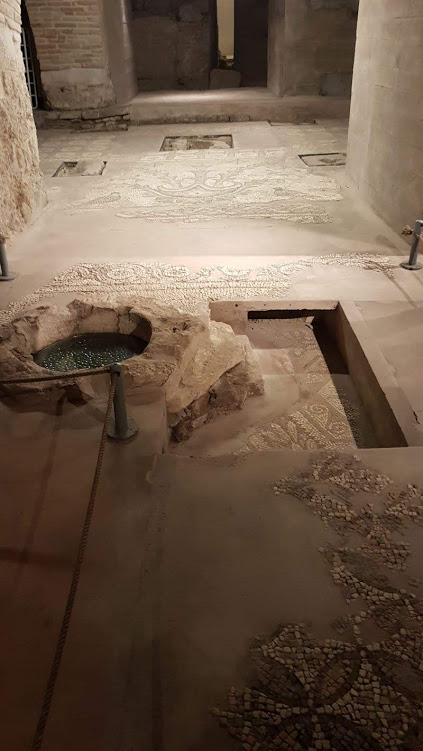
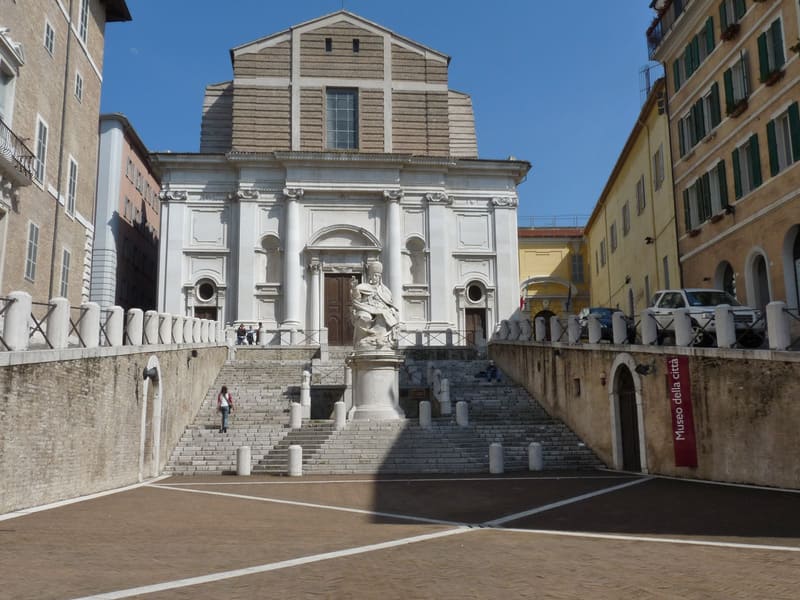
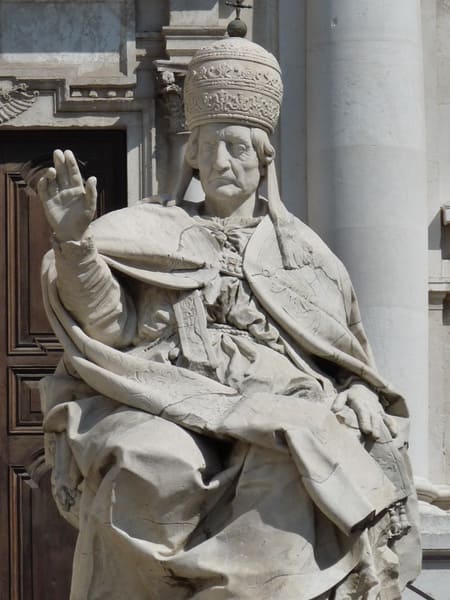

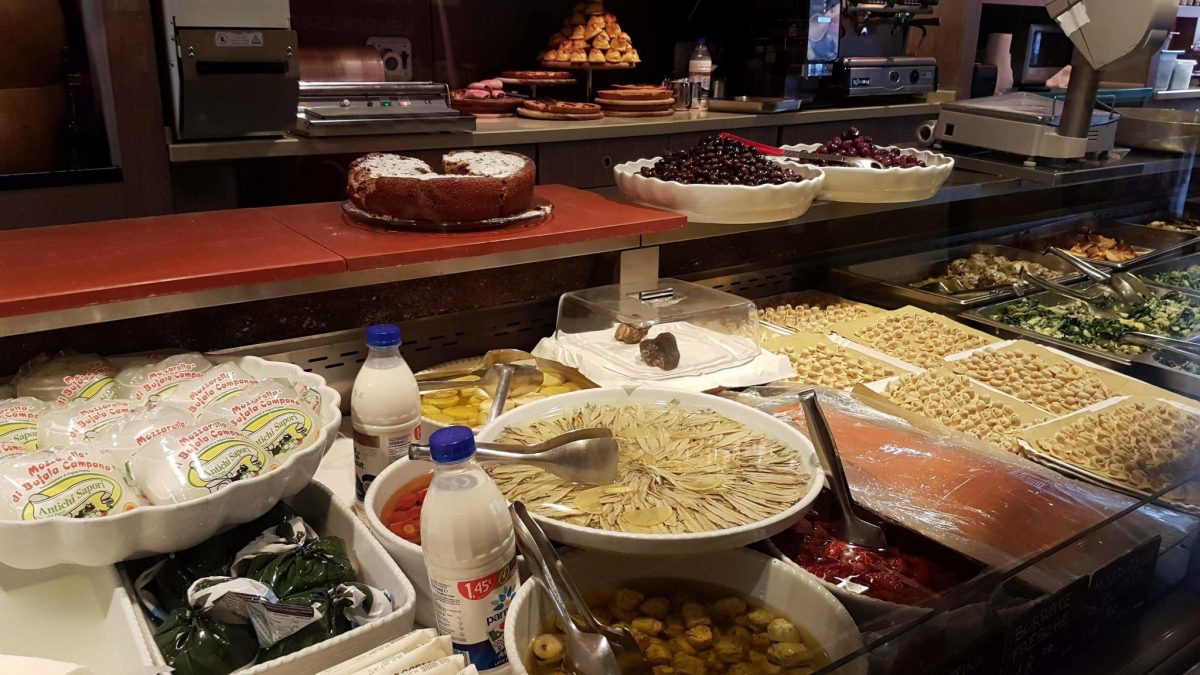
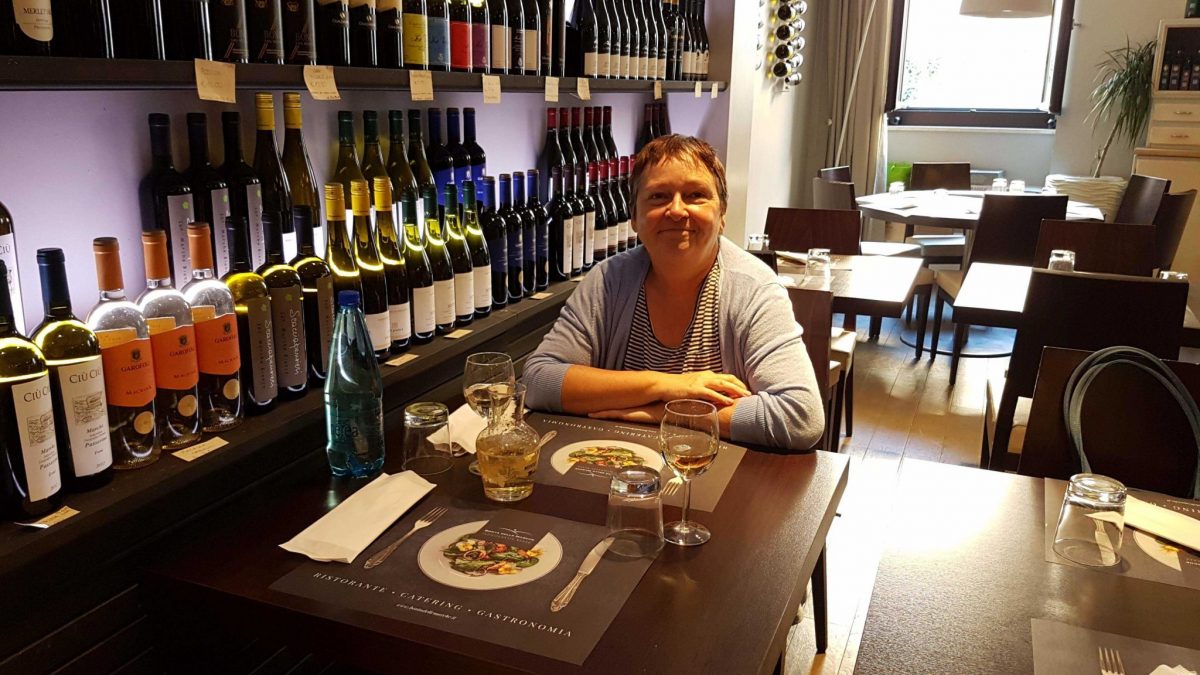
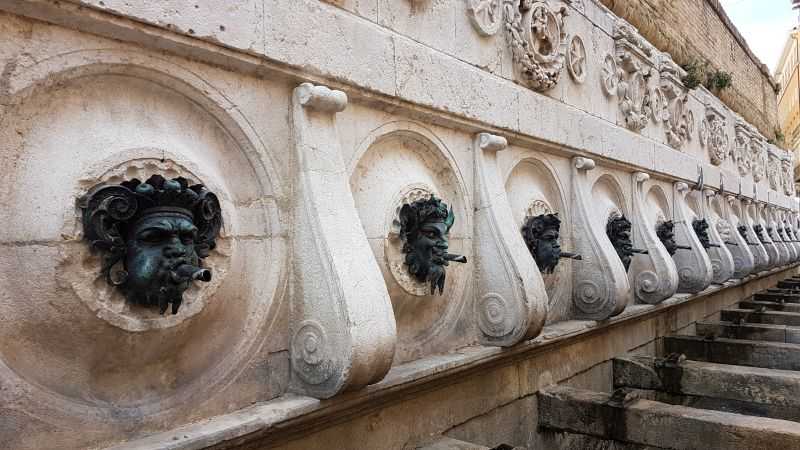
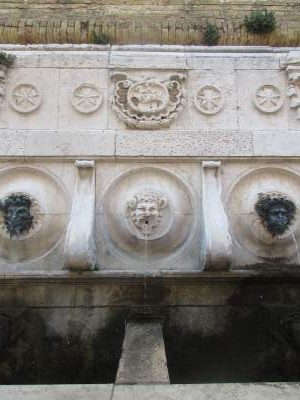
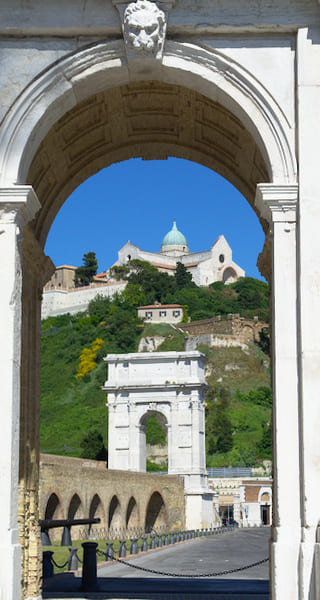
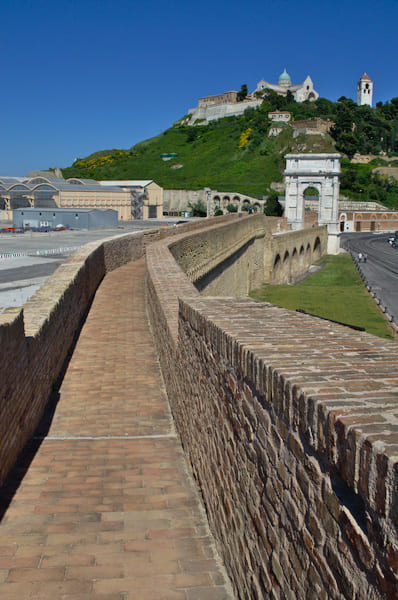
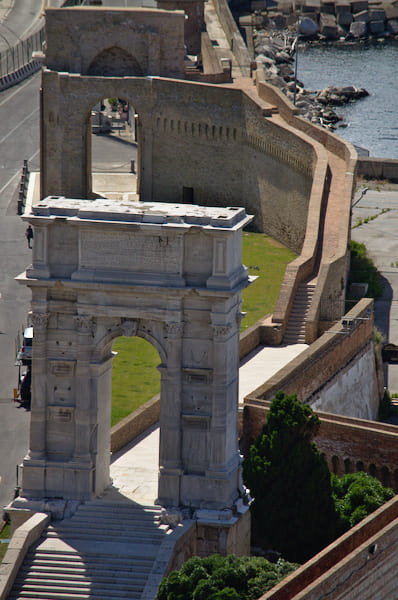
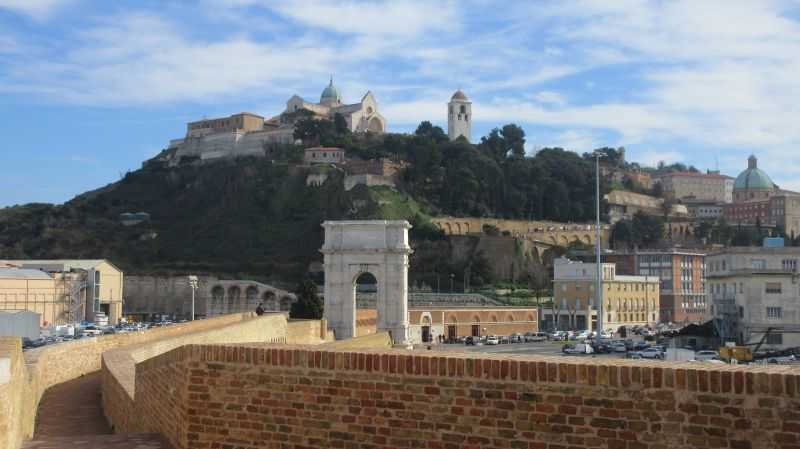
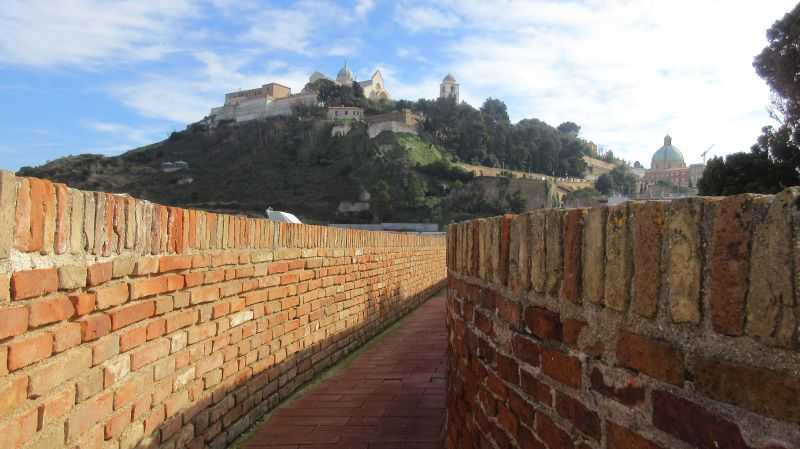
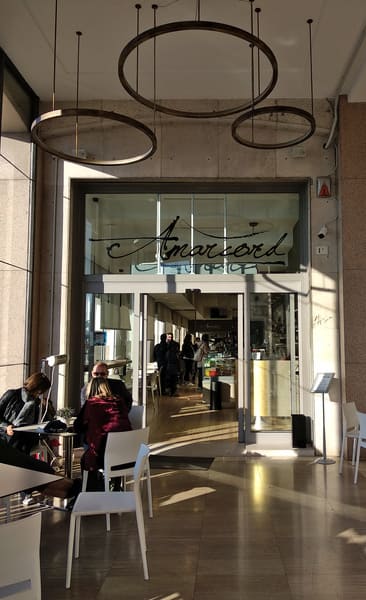
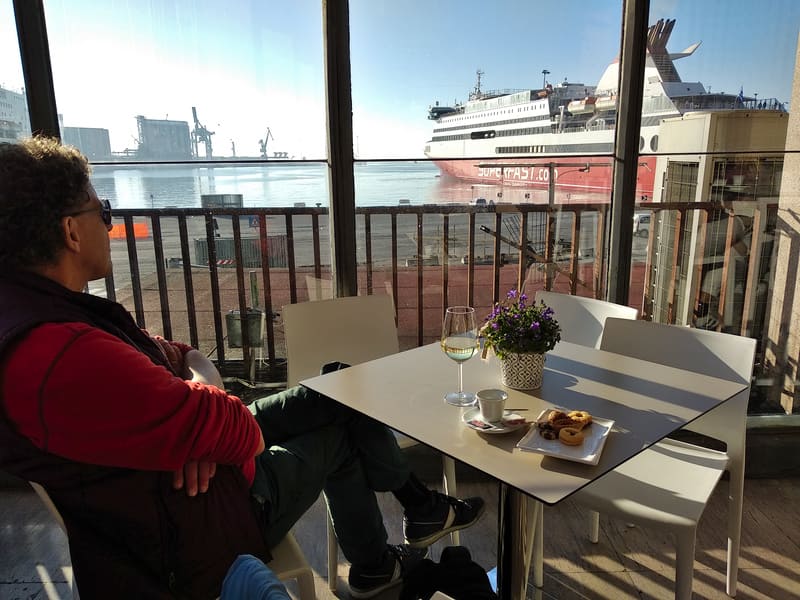
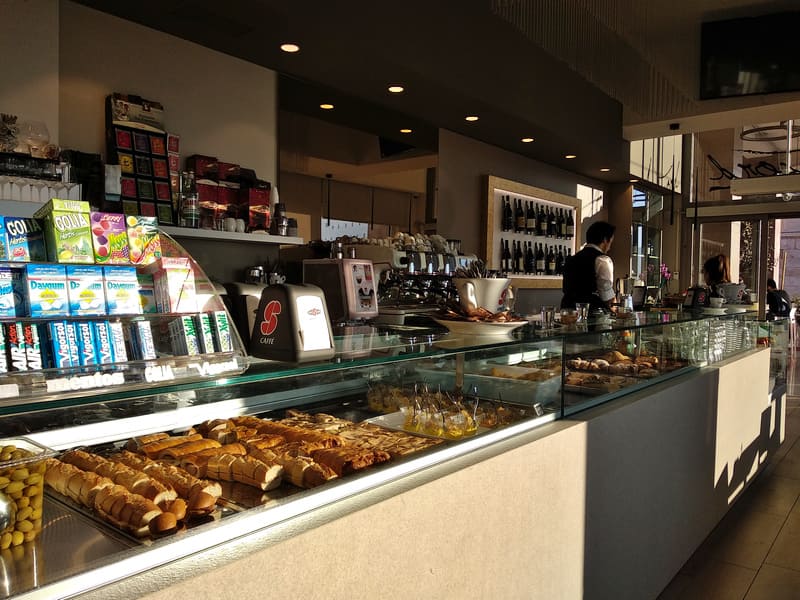

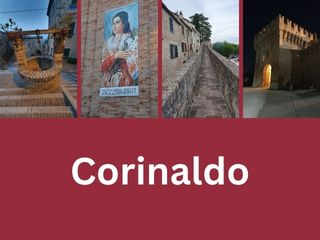

0 Comments